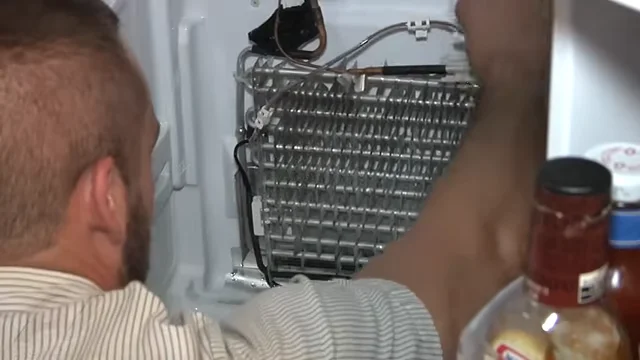If you have a Samsung RS263TDBPXAA refrigerator that is not cooling properly, there are a few steps you can take to diagnose and potentially repair the issue. Below, we’ll outline some common troubleshooting steps and repair procedures that you can follow to address the cooling problems.
Initial Temperature Check
First, it’s important to check the temperature status of both the fridge and freezer compartments. If the display is blank, you can press any command to wake up the display. If “0 FF” appears, the unit is in demo mode with no cooling. To deactivate the demo mode, you can press the “Energy Saver” and “Freezer” buttons simultaneously.
Next, you should check the target and actual temperatures for the refrigerator and freezer compartments. By pressing the corresponding commands on the display, you can note the target temperatures and compare them to the actual temperatures. This will help you identify any discrepancies and potential cooling issues.
Diagnostic Mode
Placing the fridge in diagnostic mode can provide valuable information about the refrigerator’s components and their operation. By pressing the “Energy Saver” and “Lighting” buttons for approximately eight seconds, you can enter diagnostic mode. Checking for any error codes and observing the condition of certain loads can help pinpoint specific issues.
Sensor and Electrical Checks
Visually inspecting the gaskets for signs of moisture or frost is important in determining the overall condition of the refrigerator. Additionally, checking the AC in supply voltage at the inverter PCB can help identify any electrical issues.
You can also measure the freezer defrost sensor circuit voltage to determine the operating temperature of the evaporator. Using a multimeter, you can test the voltage at the specified pins to ensure that the freezer is operating at the correct temperature.
Compressor and Sealed System Inspection
Physically checking the compressor and the dryer for signs of operation and refrigerant flow is crucial in diagnosing cooling problems. Using a clamp-on ammeter on the inverter AC line, you can verify the compressor’s working capacity and current draw.
Inspecting the freezer evaporator for frost formation and checking the compressor’s operation at full capacity can help identify any potential issues with the sealed system. Placing the unit in force mode and measuring the signal voltage at the inverter PCB can provide additional insights into the compressor’s operation.
Conclusion
In conclusion, troubleshooting and repairing a Samsung RS263TDBPXAA refrigerator that is not cooling properly involves a thorough diagnostic process and component checks. By following the steps outlined above and using the appropriate tools, you can effectively diagnose and address cooling issues with your Samsung refrigerator. If the problem persists, it may be necessary to seek professional assistance or consult the refrigerator’s service manual for further guidance.
By following these guidelines, you can work towards resolving the cooling problems with your Samsung refrigerator and ensure that it operates efficiently and effectively.
